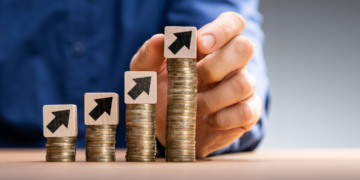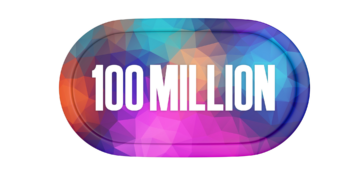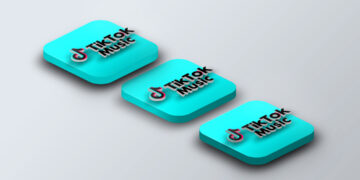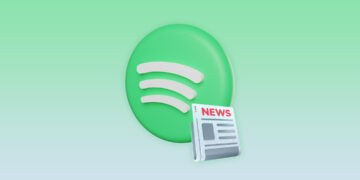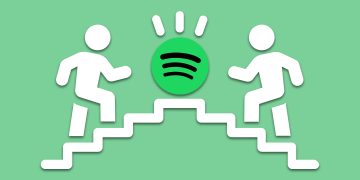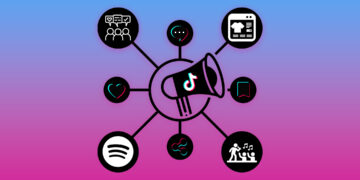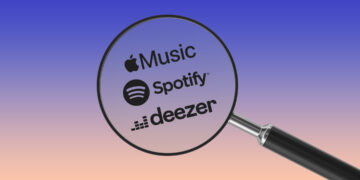Major label artists are being favored in playlists
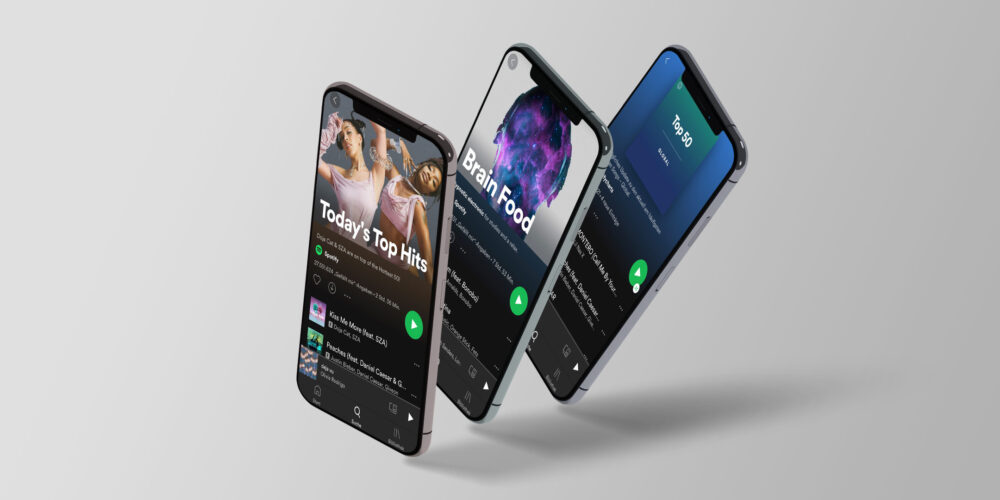
- Almost all major playlists come from Spotify itself
- In the top 100 most popular playlists, 81% of the songs are from major artists
- More than two-thirds of all streams on Spotify come from major artists
Through playlists, listeners discover new artists and obviously generate loads and loads of streams. That’s why Spotify keeps emphasizing that everyone has the same chances of getting into a big playlist, regardless of whether they have a contract with a major label or pitched the song themselves. But is this really the case? A recent study has at least cast some doubt on the matter.
Big playlists are almost all from Spotify itself
The assessment shows that the top 100 playlists with the highest number of followers were created almost exclusively by Spotify itself. These 100 playlists combined share 26.8% of the total number of playlist followers. Even if we look at the top 1,000 most popular paylists, 90.6% of them were still put together by Spotify itself. An additional 3.7% come from major labels, while 5.7% were made by other curators. These 1,000 playlists amass almost two thirds of all playlist follows.
Major artists are disproportionately represented in the playlists
Among the top 100 most popular playlists, which all have more than 2 million followers, 81% of the tracks come from major label artists. Among the top 1,000 (all with more than 259k followers), the number is still as high as 77.2%. Even if we consider the top 100,000 playlists, of which two thirds are still created by Spotify, the share of major label artists amounts to 64.6%. This therefore significantly contributes to the fact that 68.9% of all streams on Spotify are ascribed to major label artists.
The analysis therefore clearly highlights a disproportionately high representation of major label artists among the big playlists, most of which are created by Spotify. Another imbalance in distribution is caused by the fact that many of the biggest playlist not created by Spotify belong to the major labels, namely Filtr (Sony), Digster (Universal), and Topsify (Warner), all of which naturally favor their own artists, as well.
Are the majors’ stakes in Spotify to blame?
The study suggests that this might also have something to do with the contracts between Spotify and the three major labels. These include a minimum guarantee, which means that Spotify has to pay a certain fixed amount even if the number of streams needed for it was not reached. One could thus speculate that another reason why Spotify might favor songs by major artists is so that this minimum guarantee does not have to take effect.
Would user-centric provide more balance?
Another interesting theory is that the power of playlists would be lessened by a user-centric distribution model. The reason for this is that playlists are used as background music more often than songs that someone deliberately searched for. If a user consumes a lot of music through playlists, then in the user-centric model, the revenues would be shared among many different musicians. On the other hand, if he/she mostly listens to specifically selected artists, then those would receive a bigger share. In the current model, however, everything is thrown into the same pot, and artists who are featured in big playlists make a disproportionally large profit.
| Top 100 playlists | Top 1,000 playlists | Top 10k playlists | Top 100k playlists | |
|---|---|---|---|---|
| Cumulative share of total follows | 26,8% | 65,5% | 92,7% | 99,9% |
| % Spotify playlists | 98% | 90,6% | 73,9% | 68,9% |
| % Major playlists | 1% | 3,7% | 6,2% | 6,4% |
| % Other playlists | 1% | 5,7% | 19,9% | 24,7% |
| % Major artists | 81% | 77,2% | 77,7% | 64,6% |

